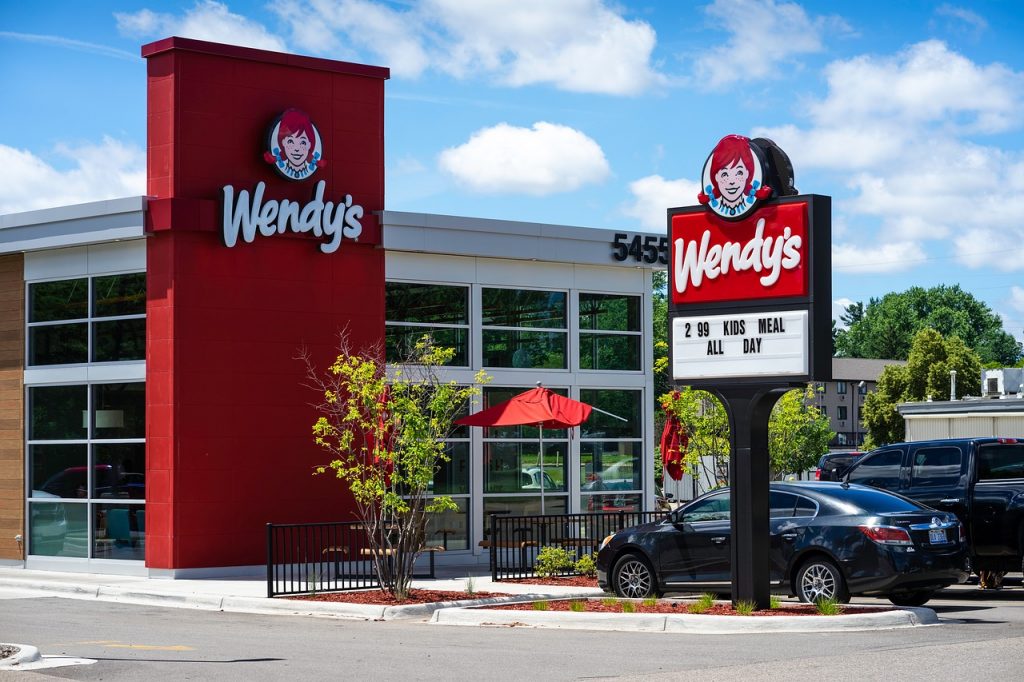What Wendy’s Is Doing That Other Fast-Food Chains Aren’t
Wendy's just might be the most innovative fast-food company out there right now because it is doing something its competitors aren't.
This article is more than 2 years old

The fast-food sector is, without a doubt, is a competitive industry to be in. Thus finding creative, innovative, and effective ways to attract and retain customers is absolutely paramount to any one restaurant’s success. After all, customers are what keeps the capital coming in. Wendy’s is doing something to attract diners to its restaurants that no others in the industry are doing quite as well. They are leveraging the metaverse.
Unlike other fast-food giants like Chipotle and McDonald’s who have merely dabbled in the all-digital space, Wendy’s is fully immersing itself in it. And it’s banking on this strategy to develop a meaningful connection with some of its youngest patrons – generations Z-ers. Wendy’s CMO Carl Loredo has been heading up this forward-thinking strategy. Under Loredo’s direction, Wendy’s has curated a whole space for itself, dubbed the Wendyverse, inside Meta’s VR-accessible Horizon Worlds. And it has not only carved out its own little section of the metaverse but it’s continuing to expand and improve upon it. June 15th marked the first major update to the Wendyverse with the addition of its breakfast-themed gaming section called Sunrise City.
Loredo explained that Wendy’s metaverse strategy facilitates a deeper connection to its younger generation of eaters because this is where they are spending their time. Those in Generation Z were the first kids to be entirely raised with the internet. As a result, the internet (for all the good and the bad) has become entwined, in large part, with their identities. Thus, it makes sense why they would be attracted to the metaverse and the emerging worlds inside it. Wendy’s recognizing this shows that it is not only staying relevant as consumer tastes and habits evolve but that it wholly understands the primary demographic that which it is marketing its products to.
Simply put, Wendy’s gets generation Z-ers a lot better than many of its other competitors. “A lot of brands have it backwards. They jump into any of these platforms, and the first thing they’re doing is trying to slap a logo up on a wall. With Gen Z, if you come in an inauthentic way, boy, they’ll knock you out immediately,” highlighted Loredo.
Additionally, Loredo also pointed out that where a lot of competitors work on a sales-first business model, Wendy’s is taking a different approach. This approach is also apparent within their metaverse strategy. The Wendyverse is meant to serve as an experiential representation of the Wendy’s brand itself. It is not a platform to sell food on, but one on which fans can just have fun. It is the thought that by establishing this connection, fans will then flock to Wendy’s instead of another fast-food joint when they do decide to grab a bite.
Loredo also pointed to the fact that he and his team make a concerted effort to listen to what their customers want and then deliver, to the best of their ability, what they extrapolate from their listening. Offering some words of wisdom to would-be challengers curious to glean knowledge from Wendy’s innovation, “Please don’t try to do what we’re doing, because it’s unique to Wendy’s,” Loredo coyly advised.




